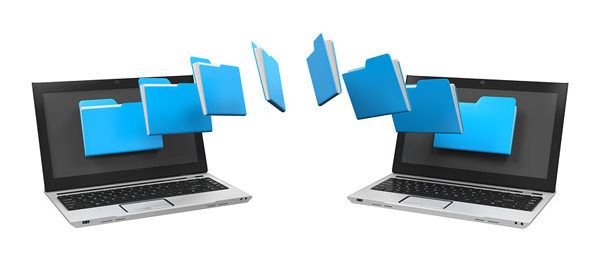What is Data Migration?
 The process of transferring data between two or more storage types is known as data migration. The transfer can occur between different formats or different computer systems. It is one the most important considerations to keep in mind for any kind of system implementation, consolidation or upgrade.
The process of transferring data between two or more storage types is known as data migration. The transfer can occur between different formats or different computer systems. It is one the most important considerations to keep in mind for any kind of system implementation, consolidation or upgrade.
Types of Migration
There are four main data migration types:
1. Storage Migration
This involves moving physical blocks of data from one type of hardware (such as tapes or disks) to another.
2. Database Migration
This kind of migration is used for moving an entire database from one vendor to another, or to upgrade the software currently being used for the database.
3. Application Migration
When an application vendor needs to be changed, it will result in the need for a substantial transformation, since almost every application operates on a specific data model.
4. Business Process Migration
This relates directly to a company’s business practices, often orchestrated by business management tools that will need to be replaced or updated in the event of a merger or acquisition. For this, movement of data can be required for anything from one store, database or application to another.
Steps to Data Migration
Whatever your reasons for desiring data migration, and whatever type of migration is required, you will need to implement the following procedure to ensure efficient transfer of data:
- Identify and explore the source systems by grouping customer names, addresses and similar kinds of company data types based on the target model.
- Assess the quality of the source data to ensure that the new system does not fail due to incorrect or duplicate data or inconsistencies in operation style.
- Define the architecture and design requirements of the migration process while also specifying the testing process and the method for transitioning them to the new system. Determine whether there will be a parallel run, a zero-downtime migration and whether, once the migration is complete, the old system will be decommissioned.
- Prepare subsets of data and then test each category of data one at a time. If the project is vast, several categories can be tested in parallel. The reason for this testing is to build a scalable, reliable method of data migration within a specified time frame.
- Now is the time to execute the migration, after shutting the source system down. Time taken for this step varies depending on the amount of data that needs to be transferred.
- Review the audit trails and logs to ensure data has been correctly migrated, and determine the appropriate time to retire the old system.
- Now that the migration is complete, it is time to manage ongoing improvements and monitor the data quality of the new system.
Remember to follow the best practices for an efficient data migration process, which include enforcing data migration policies, testing and validating the data that is transferred to ensure that no loss in quality has occurred and documenting the entire process.
If you have any questions about data migration contact Computer Works today.
